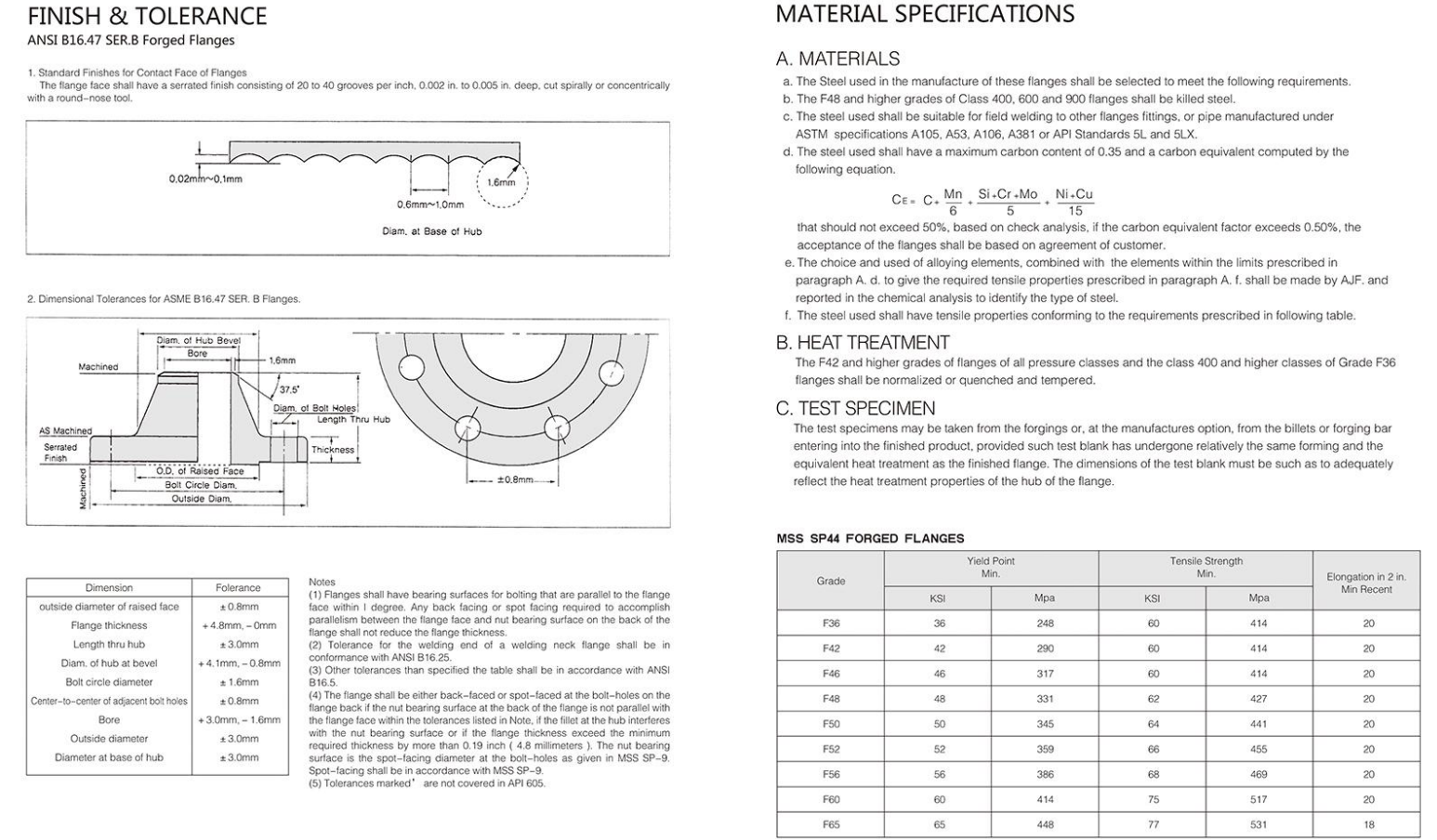-
Cangzhou Yulong Steel Co., Ltd.
-
Phone:
+86 13303177267 -
Email:
admin@ylsteelfittings.com
- English
- Arabic
- Italian
- Spanish
- Portuguese
- German
- kazakh
- Persian
- Greek
- French
- Russian
- Polish
- Thai
- Indonesian
- Vietnamese
- Zulu
- Korean
- Uzbek
- Hindi
- Serbian
- Malay
- Ukrainian
- Gujarati
- Haitian Creole
- hausa
- hawaiian
- Hebrew
- Miao
- Hungarian
- Icelandic
- igbo
- irish
- Japanese
- Javanese
- Kannada
- Khmer
- Rwandese
- Afrikaans
- Albanian
- Amharic
- Armenian
- Azerbaijani
- Basque
- Belarusian
- Bengali
- Bosnian
- Bulgarian
- Catalan
- Cebuano
- China
- China (Taiwan)
- Corsican
- Croatian
- Czech
- Danish
- Esperanto
- Estonian
- Finnish
- Frisian
- Galician
- Georgian
- Kurdish
- Kyrgyz
- Lao
- Latin
- Latvian
- Lithuanian
- Luxembourgish
- Macedonian
- Malgashi
- Malayalam
- Maltese
- Maori
- Marathi
- Mongolian
- Myanmar
- Nepali
- Norwegian
- Norwegian
- Occitan
- Pashto
- Dutch
- Punjabi
- Romanian
- Samoan
- Scottish Gaelic
- Sesotho
- Shona
- Sindhi
- Sinhala
- Slovak
- Slovenian
- Somali
- Sundanese
- Swahili
- Swedish
- Tagalog
- Tajik
- Tamil
- Tatar
- Telugu
- Turkish
- Turkmen
- Urdu
- Uighur
- Welsh
- Bantu
- Yiddish
- Yoruba

Dec . 06, 2024 02:25 Back to list
Bending Techniques for 304 Stainless Steel Tubing and Their Applications in Various Industries
Bending 304 Stainless Steel Tubing A Comprehensive Guide
304 stainless steel is one of the most widely used materials in manufacturing and construction, renowned for its excellent corrosion resistance, high strength, and versatile applications. When it comes to bending 304 stainless steel tubing, understanding the proper techniques and considerations is crucial for achieving the desired results without compromising the material's properties. This article delves into the intricacies of bending 304 stainless steel tubing, highlighting the methods, benefits, and best practices.
Understanding 304 Stainless Steel
304 stainless steel is an austenitic alloy that contains 18% chromium and 8% nickel. This composition gives it remarkable resistance to oxidation and corrosion, making it suitable for various environments, including food processing, chemical manufacturing, and architectural applications. Its excellent weldability and formability further enhance its appeal, but special care must be taken when bending to avoid inducing stress or compromising its structural integrity.
Bending Techniques
There are several techniques employed in bending 304 stainless steel tubing, each with its own advantages and limitations
1. Free Bending This method involves manually bending the tube using tools such as a bending jig or by hand. Free bending is typically used for small-radius bends but requires experienced hands to prevent kinking or damaging the tube.
2. Mandrel Bending Mandrel bending is a more sophisticated technique that involves inserting a mandrel (a solid bar or rod) into the tube. This method provides internal support, minimizing the risk of collapsing or wrinkling during the bending process. Mandrel bending is ideal for achieving tight bends and maintaining uniformity throughout the tube’s length.
3. Rotary Draw Bending This method uses a machine to grip the tube and rotate it around a fixed die. Rotary draw bending is highly precise and can produce complex shapes with minimal distortion, making it suitable for applications that require tight tolerances.
bending 304 stainless steel tubing

4. Roll Bending Roll bending uses a set of rollers to gradually shape the tubing into the desired curve. It is often used for large-radius bends and is less likely to cause deformation when compared to other methods.
Considerations for Bending
Bending 304 stainless steel tubing requires careful consideration of several factors to achieve optimal results
- Tube Diameter and Wall Thickness The dimensions of the tubing significantly influence the bending process. Thicker walls may require higher force during bending, while larger diameters can incur more bending stress.
- Bend Radius The bend radius must be selected based on the application’s requirements. A tighter radius increases the risk of kinking or cracking, so it is advisable to consult guidelines or manufacturers for specific recommendations based on the thickness and grade of the tubing.
- Temperature While 304 stainless steel can be bent cold, applying heat can enhance its formability and reduce the risk of work hardening. However, excessive heat can also compromise corrosion resistance, so a balance must be struck.
- Finishing Processes Post-bending treatments, such as passivation, may be necessary to restore the original corrosion-resistant properties of the stainless steel, especially if the surface has been scratched or compromised during the bending process.
Conclusion
Bending 304 stainless steel tubing is a skill that requires knowledge, precision, and the right techniques. By employing methods such as mandrel bending and rotary draw bending while carefully considering factors like tube diameter, bend radius, and temperature, manufacturers can produce high-quality components tailored to diverse applications. Understanding these principles is essential for anyone working with stainless steel tubing, ensuring both functionality and longevity in their finished products. Whether in industrial settings or custom fabrication, mastering the bending of 304 stainless steel is an invaluable asset in today’s manufacturing landscape.
Latest news
-
ANSI 150P SS304 SO FLANGE
NewsFeb.14,2025
-
ASTM A333GR6 STEEL PIPE
NewsJan.20,2025
-
ANSI B16.5 WELDING NECK FLANGE
NewsJan.15,2026
-
ANSI B16.5 SLIP-ON FLANGE
NewsApr.19,2024
-
SABS 1123 FLANGE
NewsJan.15,2025
-
DIN86044 PLATE FLANGE
NewsApr.19,2024
-
DIN2527 BLIND FLANGE
NewsApr.12,2024
-
JIS B2311 Butt-Welding Fittings LR/SR 45°/90° /180°Seamless/Weld
NewsApr.23,2024











